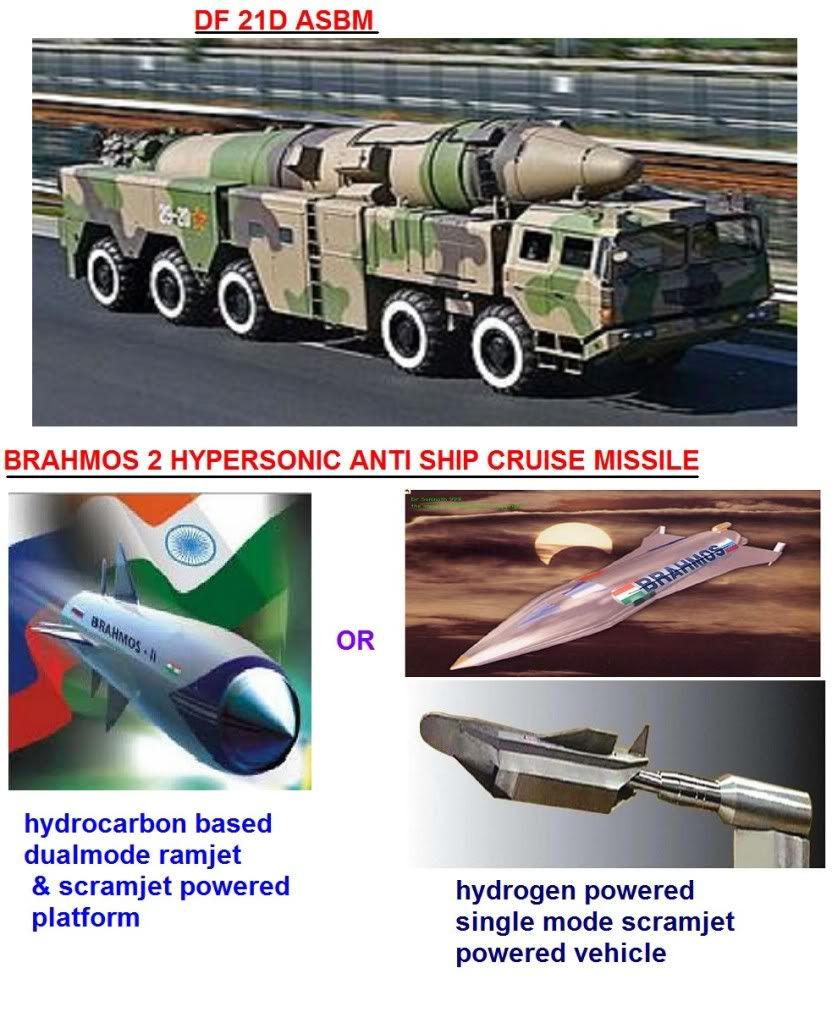Iranian radars Mashreghnews report, Part III :4D innovations in hunting stealth aircrafts
Quote
همه چیز درباره رادارهای ایران/ 3
فناوري چهاربعدی برای شکار پرندههای پنهانکار + عکس
تولید داخل بودن انواع رادارهای میانبرد و دوربرد برای ایجاد یک پوشش کامل در نواحی مختلف راهگشا بوده و تمامی مسیرهای ورودی به کشور و شیارهایی که برای نفوذ مهاجمینی چون موشکهای کروز و تسلیحات هواپرتاب دورایستا استفاده میشود دائما زیرنظر خواهد بود.
به گزارش گروه دفاع و امنیت مشرق، هر چند ساخت رادارهای تاکتیکی و برد متوسط برای رفع نیاز سریع و مقطعی لازم است اما یک مجموعه پدافندی هر چه زودتر از وجود تهدیدات و کم و کیف آنها مطلع و آگاه شود فرصت بیشتری برای پردازش شرایط و اتخاذ بهترین تصمیم دارد. برای این منظور رادارهای دوربرد و قابل تر و طبیعتاً پیچیده و گران قیمت تری مورد نیاز است. تهدیدات مدرن امروزی که عموماً چه در ابعاد کوچک باشند و چه بزرگ از فناوری های پنهان کاری راداری(رادار گریزی) تا حد ممکن بهره مند می شوند بر پیچیدگی کار رادارهای برد بلند می افزایند.
میزان داده های دریافتی از فضای بزرگتر طبعاً بیشتر است و پردازش آنها و حذف اطلاعات غیر مفید(بازتاب های راداری ناخواسته) را نیز باید به موارد فوق افزود. بنابراین رادارهای دوربرد برای ایفای نقش بسیار مهم «هشدار زود هنگام» در این روزگار باید از فناوری بالایی نیز برخوردار باشند. باید در نظر داشت به طور معمول به رادارهایی با برد بیش از 300 کیلومتر رادار دوربرد گفته می شود.
همانطور که در قسمت های پیشین گزارش گفته شد برای غلبه بر ویژگی های پنهانکاری هواگردهای مدرن یک راه استفاده از رادارهای با طول موج بلند نظیر VHF و HF است. هر چند به دلیل همین طول موج بلند که در رده متر است خطایی در رده چند ده تا چند صد متر در موقعیت یابی دقیق هدف ایجاد می شود اما با توجه به نقش این رادراها در شبکه پدافندی که تشخیص اولیه هدف است این خطا مشکلی بوجود نمی آورد و در عوض اهدافی به کوچکی بمب های هدایت شونده بالدار دورایستا نیز کشف و مسیریابی می شوند.
پس از پایان جنگ تحمیلی و فرارسیدن دوران بازسازی تجهیزاتی نیروهای مسلح، علاوه بر استفاده از راداهای سامانه های دوربرد موشکی به منظور ایجاد پوشش دوربرد، راداهای مستقلی نیز تأمین شد از جمله رادار چینی JY-14 که در بخش اول گزارش به آن پرداختیم. اما از جمله رادارهای سامانه های دوربرد در ایران باید به اسکوارپیر و P-14 در سامانه پدافند هوایی موشکی اس-200 به ترتیب با بیشینه برد تا 500 و تا 600 کیلومتر اشاره نمود که استقرار این سامانه در نقاط مختلف کشور پوشش دوربرد مناسبی را به عنوان اولین حساسه نیروی پدافند هوایی کشور فراهم کرده است.
اما شاید بهترین و پیشرفته ترین رادار اعلام شده در مجموعه دفاع هوایی کشور، رادار روسی «نبو» باشد. نبو یک رادار کششی برد بلند و مخصوص هشدار زودهنگام هوایی است که در باند وی-اچ-اف کار می کند. این رادار تمام دیجیتالی به عنوان یکی از پیشرفته ترین رادارهای زمین پایه جهان که حضور آن در ایران تعجب کارشناسان خارجی را نیز برانگیخت با استفاده از فناوری های پیشرفته ای چون آنتن آرایه کاوش الکترونیکی فعال(AESA) و البته با المانهایی در فرم یاگی و هدایت الکترونیکی امواج کار برای شناسایی اهداف، رهگيري و تعقيب زاويه اي تک پالس ها را نیز به انجام می رساند و قابليت تصوير سازي 4 بعدي براي بی اثر کردن اخلالگرهاي ديجيتال را دارد.
رادار نبو که شبیه به نمونه موجود از آن در ایران است؛ 84 آنتن یاگی در این نبو به کار رفته
نبو قابلیت شناسایی طیف وسیعی از هواگردها شامل بیش از 100 هداف آیرودینامیک، موشک های بالستیک و کروز را در برد و سقف پرواز کوتاه تا بلند دارد. قابلیت های مقاومت در برابر جنگ الکترونیک دشمن به اذعان منابع غربی بسیار بالا است. همچنین نحوه عملکرد این رادار مقاوت بسیار بالایی در برابر موشک های ضدرادار فراهم کرده و تا حدودی در عملکرد آنها ایجاد اختلال نیز می نماید. برای این رادار برد 350 کیلومتر و سقف پرواز 100 کیلومتر اعلام شده است.
امروزه نبو نیز از پیشرفت های بومی کشور بی نصیب نمانده و توسط متخصصان داخلی در برخی زمینه ها در حال طی کردن فرآیند بهسازی است.
مطلع الفجر-1
برای رفع نیاز کشور در سطح مورد نظر، برای مدت طولانی، جلوگیری از ایجاد وابستگی، و پوشش تمام کشور در هر زمینه شاید بهترین راه، جز اتکا به توان داخلی نباشد. از اینرو همانطور که در بخش های پیشین گزارش گفته شد برنامه ساخت رادارهای دوربرد نیز در کشور در دستور کار قرار گرفت که رادار ملی به عنوان اولین رادار ایرانی راداری دوربرد نیز بود.
اما نیازهای جدید متخصصان را به سمت ساخت رادارهایی با تحرک مناسب و بالا هدایت کرد که رادارهای میانبرد و دوربرد مطلع الفجر از جمله آنها هستند. لازم به ذکر است در زمینه رادارها برد مورد نظر برای دوربرد خطاب کردن یک سامانه در حدود 400 کیلومتر به بالا بوده و بردهای کمتر از آن تا حدود 30 کیلومتر به طور معمول توسط مسئولان امر به عنوان میانبرد معرفی می شود.
رادار مطلع الفجر-1 از اولین نمونه های رادارهای داخلی با توانایی مناسب در کشف اهداف پنهانکار است. وجود این رادار که در زمره رادارهای با برد متوسط به بالا قرار می گیرد در باند VHF کار می کند و محصول تفکر استفاده از کلیات یک سامانه موجود برای رسیدن به سامانه ای پیشرفته و قابل، با اتکا به توانمندی نیروهای داخلی در زمینه های پیشرفته ای چون مخابرات، الکترونیک و رایانه است.
رادار مطلع الفجر-1 در حالت آماده به کار






